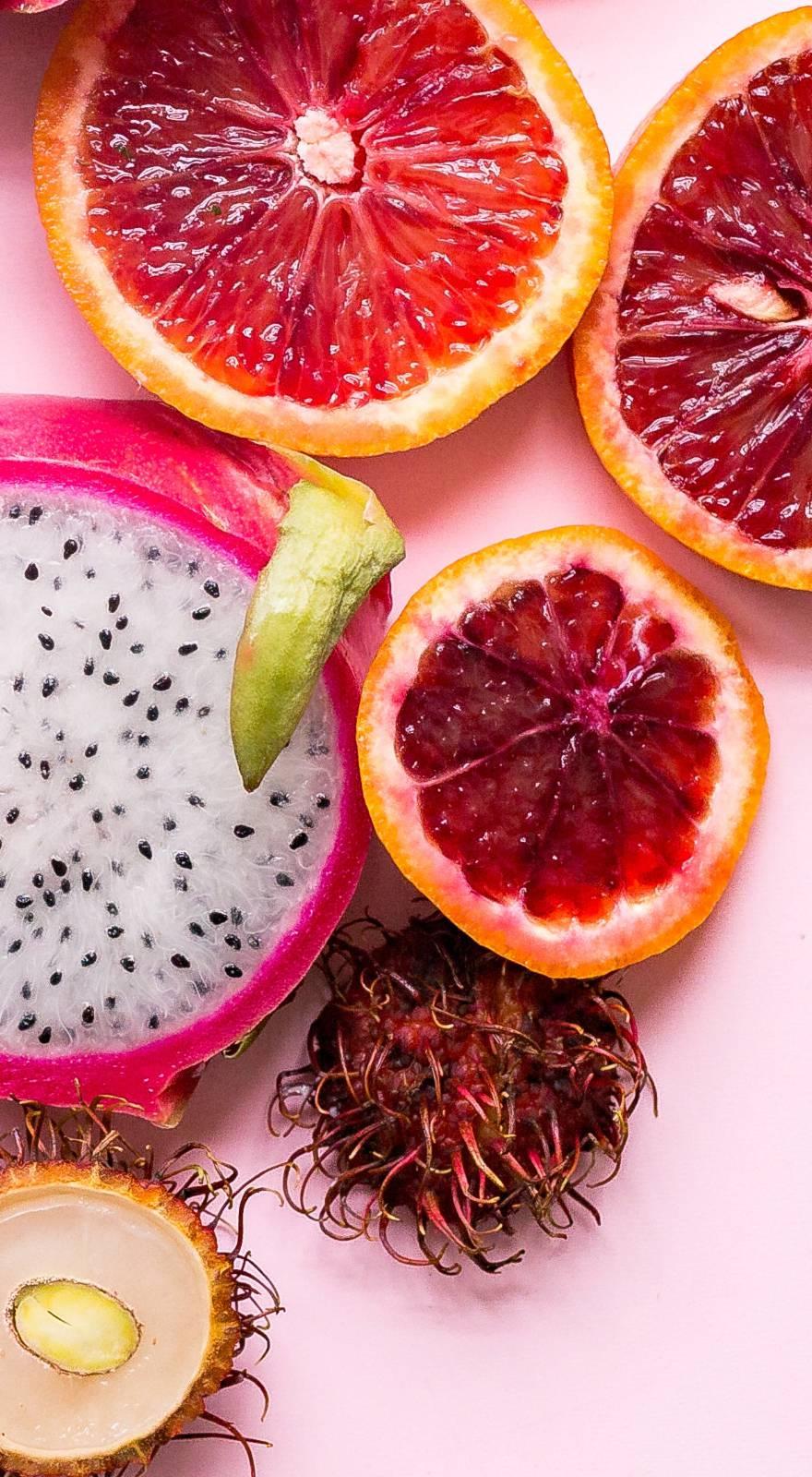Knowde Enhanced TDS
Identification & Functionality
- Ingredient Name
- Food Ingredients Functions
- CAS No.
- 868-14-4
- EINECS No.
- 212-769-1
- Ingredients
- Tartar Cream
- Technologies
Features & Benefits
- Labeling Claims
- Food Ingredients Features
Applications & Uses
- Markets
- Applications
- Food & Nutrition Applications
- Authorisation of the use of this additive
In accordance with European Regulation 1129/2011, the additive is authorized to be used quantum satis in all the categories; 5000 mg/kg in processed cereal-based foods and baby foods for infants and young children.
Properties
- Typical Properties
- Nutritional Information (per 100 gm)
| Value | Units | Test Method / Conditions | |
| Molecular Mass | 188.18 | g/mol | - |
| Solubility (Water 20°C) | 6.17 | g/L | - |
| Solubility (Water 100°C) | 62.5 | g/L | - |
| Solubility (Alcol 95°C) | Insoluble | - | - |
| pH (Acqueous Solution 1%) | 3.4 | - | - |
| Melting Point | 230.0 | °C | - |
| Sieve analysis (Max. 1%) | min. 200 | μm | - |
| Sieve analysis (Max. 15%) | 100/ 200 | μm | - |
| Sieve analysis (Approx 40%) | 40/ 100 | μm | - |
| Value | Units | Test Method / Conditions | |
| Energy value | 1034 (238) | kJ (kcal) | - |
| Sodium Content | max. 1 | % | - |
| Potassium Content | 20.5 | % | - |
| Calcium Content | Absent | - | - |
| Iron Content | max. 10 | ppm | - |
| Fats Content | Absent | - | - |
| Cholesterol | Absent | - | - |
| Proteins | Absent | - | - |
| Carboxylic acids | 79.5 | % | - |
| Vitamins | Absent | - | - |
Regulatory & Compliance
- Certifications & Compliance
- HACCP
Our Company applies the HACCP self-control system to guarantee our products (food additives) comply with the law and with contract specifications and prevent hygienic and health hazards, safeguarding public health.
- Declarations
- In the formulation of cream of tartar, there are no Allergens listed in Annex II to European Regulation 1169/2011, neither by adding nor due to cross-contamination.
- In accordance with the European Regulation 1881/2006, there are no Aflatoxins, Dioxins, Polycyclic Aromatic Hydrocarbons. There are not even any Pesticides, in accordance with the European Regulation 396/2005.
- Cream of tartar and raw materials used for its production do not contain and do not come from Genetically Modified Organisms.
- Cream of tartar does not contain, is not produced and does not come into contact with substances of animal origin.
- The product is suitable for consumption by vegans and vegetarians.
- Cream of tartar has Kosher and Halal certifications.
Technical Details & Test Data
- Synoptic table and inside specifications
Natural cream of tartar Reg. (UE) 231/2012 PH.EUR./BP USP Food Chemicals Codex Codex Oenologique International Inside Specifications Optical rotation test (identification) compliant (test A) Test B (identification) compliant (test B) Test for tartrate (identification) positiv compliant (test C) compliant (test C) Test for potassium (identification) positiv compliant (test D) Further tests – flame (identification) compliant (test A) compliant (test A) Further tests – sodium cobalt nitrite (identification) compliant (test B) compliant (test B) Further tests (identification) compliant (test C) Assay > 98.0% 99.5-100.5% 99.0-101.0% 99.0-101.0% 99.5-100.5% Specific optical rotation + 8.0 - + 9.2° + 8.0 - + 9.2° Loss on drying < 1.0% < 0.5% < 1% < 0.5% Sulfates < 500 ppm < 500 ppm Chlorides < 500 ppm < 500 ppm Ammonium 0.01% compliant (test Ammonia) 0.01% Oxalates (oxalic acid) < 100 mg/kg < 500 ppm < 100 mg/kg < 100 mg/kg Sodium < 1% < 1% Iron < 10 mg/kg < 10 mg/kg Arsenic < 3 mg/kg < 3 mg/kg < 3 mg/kg Barium compliant (test Barium) compliant (test Barium) Mercury < 1 mg/kg < 1 mg/kg < 1 mg/kg Lead < 2 mg/kg < 2 mg/kg < 5 mg/kg < 2 mg/kg Heavy metals < 20 ppm < 20 ppm
Packaging & Availability
- Packaging
The finished product is packed in 25 kg paper bags with polyethylene inside or in 25 kg drums containing bagged product, marked as per law requirements and palletized.
Storage & Handling
- Shelf life & Recommended storage conditions
- The period of minimum durability of cream of tartar is 5 years, in its original packaging sealed by the producer. As the product is hygroscopic, powders cake at different times.
- Store in a cool, dry, ventilated area. Protect against physical damage. Isolate from any source of heat or ignition. Superimposing unallowed.

